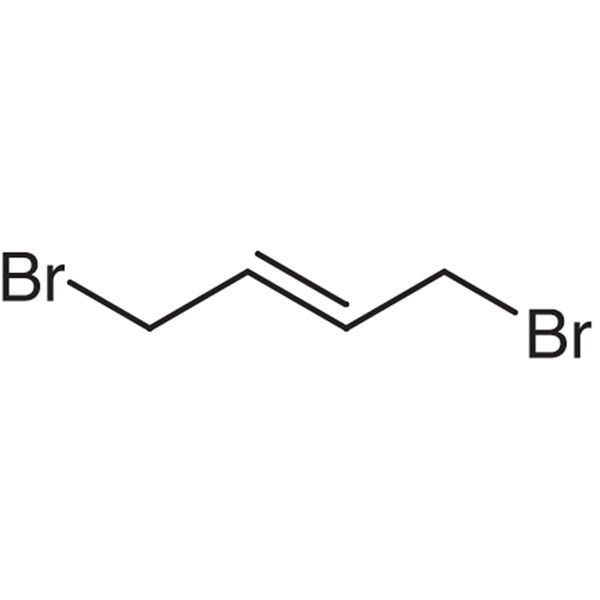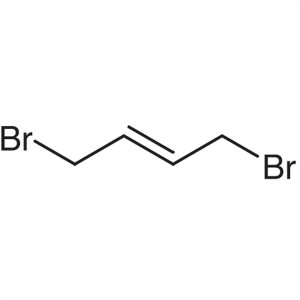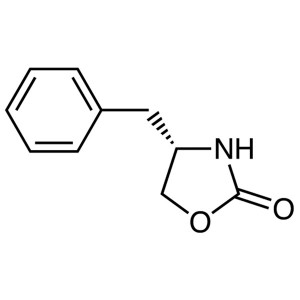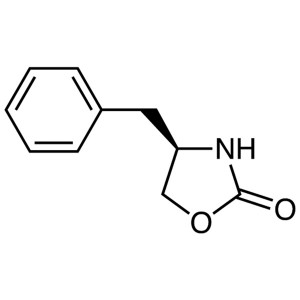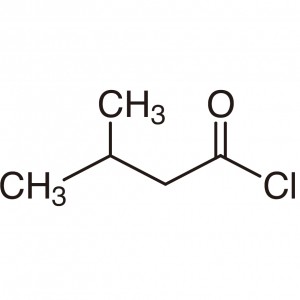trans-1,4-Dibromo-2-butene CAS 821-06-7 Purity ≥99.0% (GC) Factory High Quality
Manufacturer with High Quality and Competitive Price
Commercial Supply Aliskiren Related Intermediates:
Aliskiren CAS: 173334-57-1
Aliskiren Hemifumarate CAS: 173334-58-2
(S)-4-Benzyl-2-Oxazolidinone CAS: 90719-32-7
(R)-4-Benzyl-2-Oxazolidinone CAS: 102029-44-7
trans-1,4-Dibromo-2-Butene CAS: 821-06-7
Isovaleryl Chloride CAS: 108-12-3
D-Phenylalanine CAS: 673-06-3
D-Phenylalaninol CAS: 5267-64-1
| Chemical Name | trans-1,4-Dibromo-2-Butene |
| Synonyms | (E)-1,4-Dibromobut-2-ene; (2E)-1,4-Dibromo-2-butene |
| CAS Number | 821-06-7 |
| CAT Number | RF-PI149 |
| Stock Status | In Stock, Production Scale Up to Tons |
| Molecular Formula | C4H6Br2 |
| Molecular Weight | 213.9 |
| Solubility in Methanol | Almost Transparency |
| Brand | Ruifu Chemical |
| Item | Specifications |
| Appearance | White to Brown Solid |
| Purity / Analysis Method | ≥99.0% (GC) |
| Cis-Content | ≤0.20% |
| Melting Point | 50.0℃~54.0℃ |
| Tetrabromobutane (TBB) | ≤0.50% |
| Moisture (K.F) | ≤0.20% |
| Test Standard | Enterprise Standard |
| Usage | Aliskiren (CAS 173334-57-1), Aliskiren Hemifumarate (CAS 173334-58-2) |
Package: Bottle, Aluminum foil bag, Cardboard drum, 25kg/Drum, or according to customer's requirement.
Storage Condition: Store in sealed containers at cool and dry place; Protect from light, moisture and pest infestation.


Shanghai Ruifu Chemical Co., Ltd. is the leading manufacturer and supplier of trans-1,4-Dibromo-2-Butene (CAS: 821-06-7) with high quality, widely used in organic synthesis, synthesis of pharmaceutical intermediates and active pharmaceutical ingredient (API) synthesis.
trans-1,4-Dibromo-2-Butene (CAS: 821-06-7) is a key intermediate in the synthesis of Aliskiren (CAS: 173334-57-1), API. Aliskiren is a first-in-class antihypertensive drug that acts by direct inhibition of renin. It is indicated for oral administration either as monotherapy or in combination with other antihypertensive agents. The inhibition of renin by aliskiren results in reduced levels of angiotensin I, angiotensin II, and aldosterone, all of which contribute to the antihypertensive effect.

